Maximizing Profitability Through Legal Intake Projects: A Comprehensive Guide for Law Firms
In today’s competitive legal services market, law firms must focus on maximizing profitability. Key stakeholders—including law firm partners, legal operations professionals, and IT decision-makers—should recognize the critical role of efficient legal intake projects. This guide explores how optimizing legal intake processes can significantly enhance profitability and drive business success.
Written by Knowledge Team, posted on Aug 08, 2024
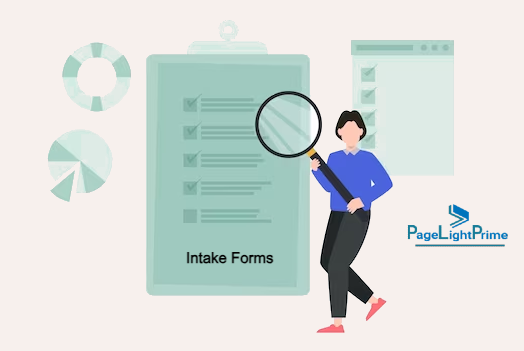
The Critical Role of Legal Intake in Law Firm Success
Legal intake is essential for building client relationships and managing caseloads effectively. An optimized legal intake process ensures that potential clients are quickly and accurately integrated into the firm’s system, laying the groundwork for efficient matter management and high client satisfaction.

Streamline Client Onboarding for Increased Efficiency
A streamlined client onboarding process reduces delays from initial contact to case initiation. Automating intake steps minimizes manual data entry and document collection bottlenecks, leading to faster case assignments and improved client experiences.

Ensure Data Quality and Accuracy
Accurate data entry during the intake process is crucial for effective case management. Errors in data collection can lead to miscommunication, delays, and reduced profitability. Robust legal intake software ensures data quality and minimizes the risk of costly mistakes.
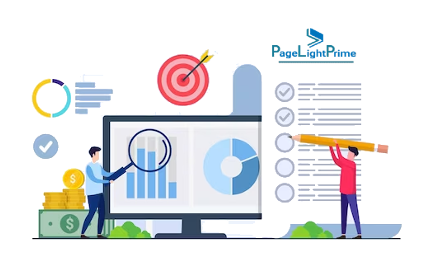
Case Studies and ROI Analysis
Understanding the return on investment (ROI) of legal intake projects is crucial for justifying technology and process improvement expenditures. Here are two case studies that illustrate the impact of implementing automated legal intake systems:
Litigation Law Firm
A mid-sized law firm with 20 attorneys and 10 support staff faced high manual data entry costs and slow client onboarding.
Solution
Implemented an automated legal intake system.
Results
- Cost Savings: Reduced manual labor by 60%, saving approximately $75,000 annually.
- Efficiency Gains: Increased case initiation speed by 40%, allowing the firm to handle an additional 200 cases per year.
- Revenue Increase: Generated an additional $200,000 in annual revenue due to increased caseload capacity.
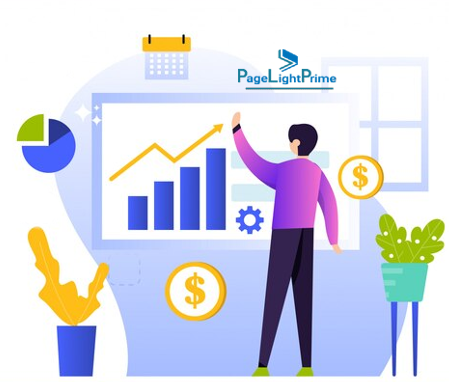
Qualitative Data
- Testimonial: “Implementing the new legal intake system transformed our practice. Our attorneys now spend more time focusing on clients rather than paperwork,” said the firm’s Managing Partner.
- Impact: The firm noted a significant improvement in client feedback and staff morale.
Long-Term Benefits
- Improved client retention rates by 15%.
- Increased referral rates due to higher client satisfaction and efficiency.
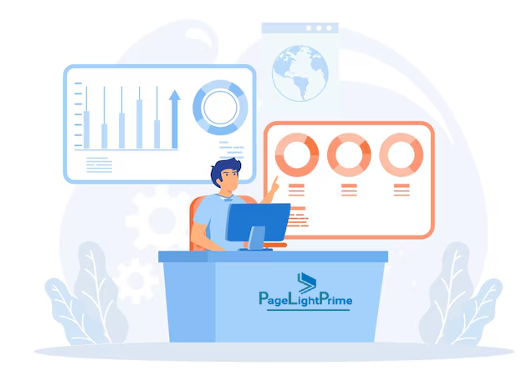
Corporate Law Firm
A large law firm with 100 attorneys and 50 support staff struggled with inefficient matter management and high operational costs.
Solution
Upgraded to a comprehensive legal intake and law firm case management system.
Results
- Cost Savings: Reduced operational costs by 25%, equating to $500,000 annually.
- Productivity Improvement: Improved matter management and workflow efficiency by 30%.
- Client Satisfaction: Increased client satisfaction scores from 80% to 92%.

Qualitative Data
- Testimonial: “The comprehensive legal intake system has streamlined our operations and enhanced our client relationships. Our clients appreciate the faster response times,” stated the firm’s Chief Operations Officer.
- Impact: The firm experienced a notable enhancement in their market reputation and client loyalty.
Long-Term Benefits
- Improved client retention by 20%.
- Enhanced reputation leading to a 25% increase in referrals from satisfied clients.

Practical Implementation Steps
To implement an effective legal intake process, consider these actionable steps:
Assessment and Planning
- Evaluate current intake processes and identify inefficiencies.
- Set clear objectives for what you aim to achieve with improvements.
Technology Selection
- Choose the Right Software: Select legal intake software that fits your firm’s specific needs, focusing on features like automation, data security, and integration capabilities.
- Evaluate Vendors: Assess multiple software vendors, comparing their offerings, support services, and client testimonials to make an informed decision.

Implementation Checklist
- Develop a detailed implementation plan, including timelines and responsibilities.
- Train staff in new systems and processes to ensure smooth adoption.
- Test the system thoroughly before full deployment to address any issues.
Templates and Tools
- Create standardized templates for client intake forms, engagement letters, and conflict checks using legal document automation software to streamline processes.
- Utilize checklists for onboarding steps to ensure consistency and completeness.
Consulting Services
- Engage with consultants specializing in legal technology and process improvement to guide implementation and address specific challenges.
- Consider services such as LegalTech Consulting or ELM Solutions for tailored advice and support.
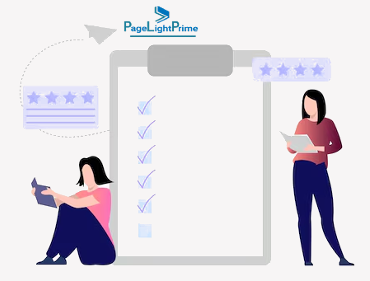
Address Common Challenges
Challenges
Resistance to Change: Staff may resist new processes or technologies.
Data Security Concerns: Protecting sensitive client information.
Budget Constraints: Allocating funds for technology upgrades and training.
Solutions
Change Management Strategies: Involve staff in decision-making, provide comprehensive training, and highlight the benefits of the new system.
Data Protection Measures: Implement robust security protocols, use encrypted software, and ensure compliance with data protection regulations.
Cost-Effective Technology Options: Explore scalable solutions and consider phased implementation to spread costs over time.
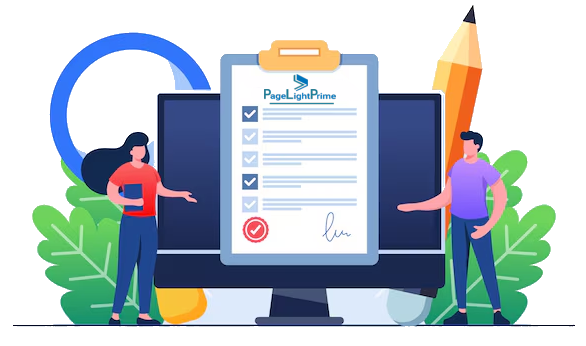
Build a Strong Foundation for Business Development
“
A well-executed legal intake process enhances business development by capturing comprehensive and accurate client information. This enables firms to better understand client needs, tailor services, and improve client satisfaction and loyalty.
“
Conclusion
Maximizing law firm profitability involves more than just cutting costs or increasing billable hours. A well-designed legal intake process enhances efficiency, reduces operational costs, and improves client satisfaction, all contributing to a healthier bottom line. By leveraging technology, focusing on continuous improvement, and addressing challenges effectively, law firms can transform their intake process into a powerful tool for business growth and profitability.
